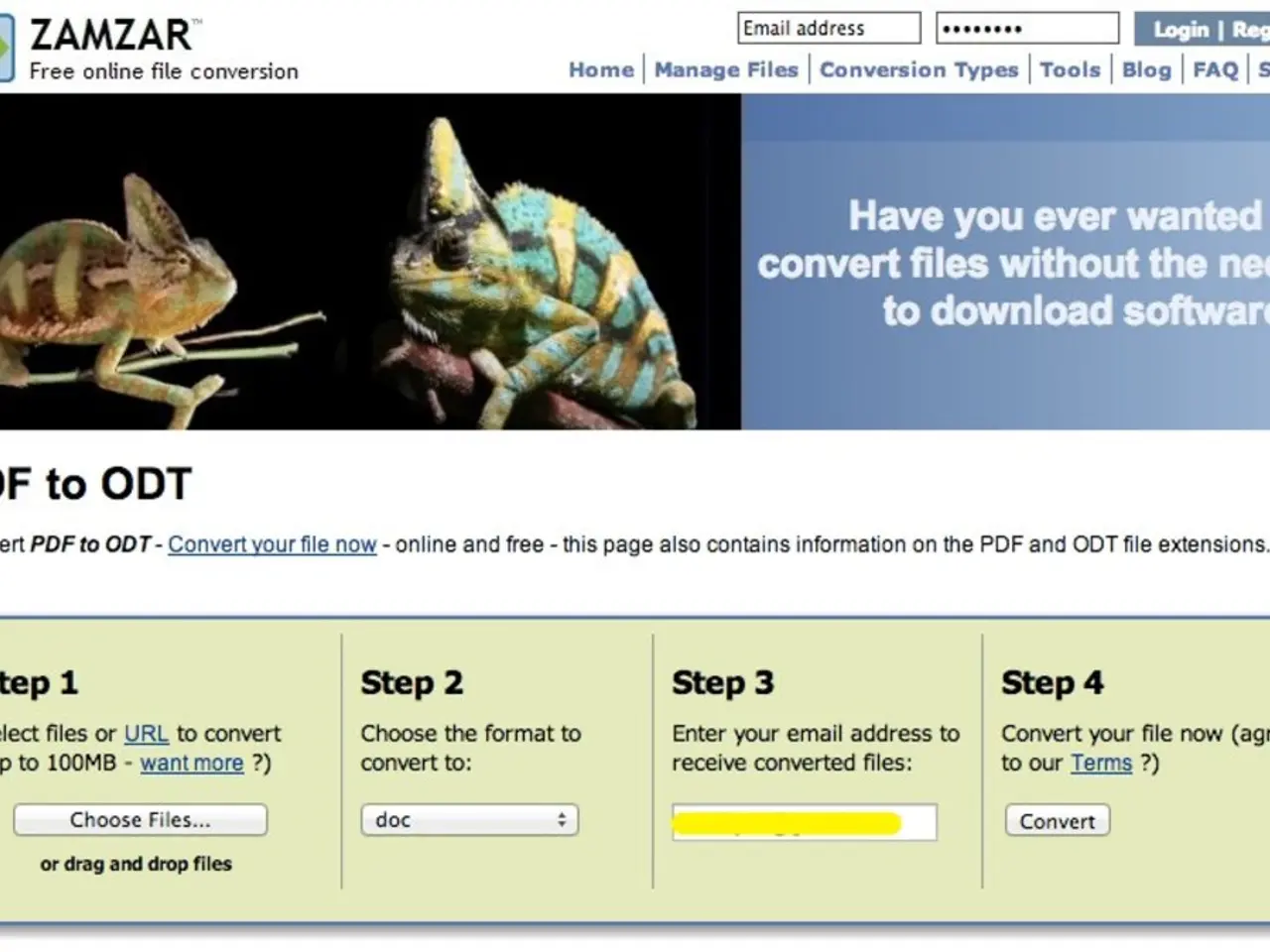Banks' Strategies in Global Funding Transfers: An Analysis
In a comprehensive report, various trends in banks' investment strategies in the cross-border payments sector have been explored. The report, which covers a time period of five and a half years, from 2019 to the end of September 2024, reveals key investment priorities for global banks in this sector.
Over 3,600 investments have been made by 19 of the world's biggest banks in the cross-border payments sector during this period. Notable investments include Visa's acquisition of Currencycloud in 2021, and Goldman Sachs' acquisition of consumer finance platform GreenSky in the same year.
The report provides insights into where the recipient companies are based around the world, with a focus on enhancing cross-currency settlement capabilities, interoperability with fast payment systems, and leveraging distributed ledger technology (DLT) for central bank money settlement. Banks and payment infrastructures are investing heavily in enabling instant payments across borders via multi-currency platforms, linking different real-time payment systems worldwide, and experimenting with blockchain/DLT to improve transaction efficiency and security.
The Eurosystem’s TARGET Services, which banks rely on, is advancing multi-currency settlement in central bank money and exploring connectivity with other fast payment systems globally to facilitate cross-border payments. There is also an emphasis on interoperability initiatives among wholesale financial infrastructures, allowing external DLT platforms to settle transactions within central bank-owned settlement systems.
Although direct data on banks’ private investments is limited, Statista reports that banks’ main investment priorities to transform commercial payments in recent years have centered around technology enablement for faster, more seamless cross-border payments, including payment automation, real-time processing, and regulatory compliance.
The key global bank investment priorities in cross-border payments from 2019 to 2024 are:
- Deployment of multi-currency instant payment settlement systems in central bank money.
- Initiatives to link domestic fast payment infrastructures internationally.
- Exploration and pilot projects around DLT/blockchain for wholesale payment settlement and interoperability.
- Investments into automation, real-time processing, and compliance technologies for cross-border commercial payments.
These areas underpin the banks’ efforts to reduce friction, costs, and settlement times in global payment flows using advanced technologies and regulatory-aligned infrastructures.
The report also details the frequency of banks investing in cross-border payments and analyzes how banks' investment priorities in this sector have evolved over time. Top bank investors in the cross-border payments sector, including Citi, Goldman Sachs, JPMorgan Chase, HSBC, and Barclays, are highlighted in the report.
The report concludes with a discussion on the future of bank investments in the cross-border payments sector, suggesting that these trends are likely to continue as banks seek to improve their cross-border payment offerings.
[1] The report does not discuss any regulatory changes or challenges that may have influenced banks' investment decisions in the cross-border payments sector. [2] The specific methodology used to analyze banks' investments in the cross-border payments sector is not explicitly stated in the report. [3] The report does not mention any specific financial figures related to the investments made by the banks. [4] The report does not discuss any other sectors or areas where banks may be investing.
- The report delves into the finance domain, specifically focusing on the investment priorities of global banks in the cross-border payments sector from 2019 to 2024.
- Notably, banks are investing heavily in advancing technologies such as distributed ledger technology (DLT), automation, real-time processing, and regulatory compliance to transform cross-border commercial payments.




